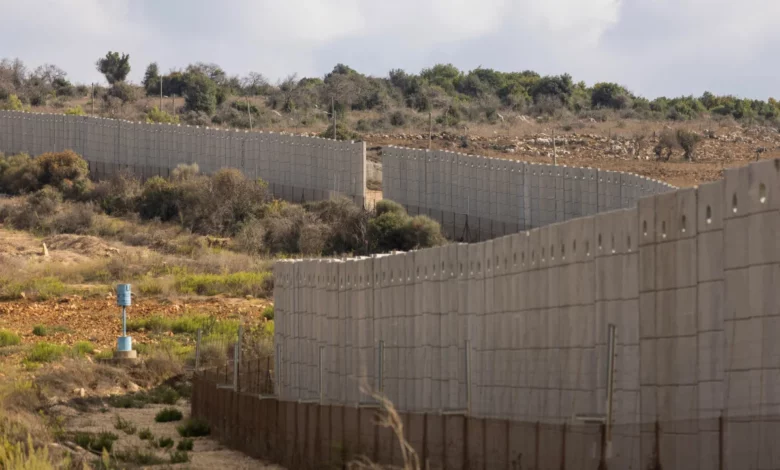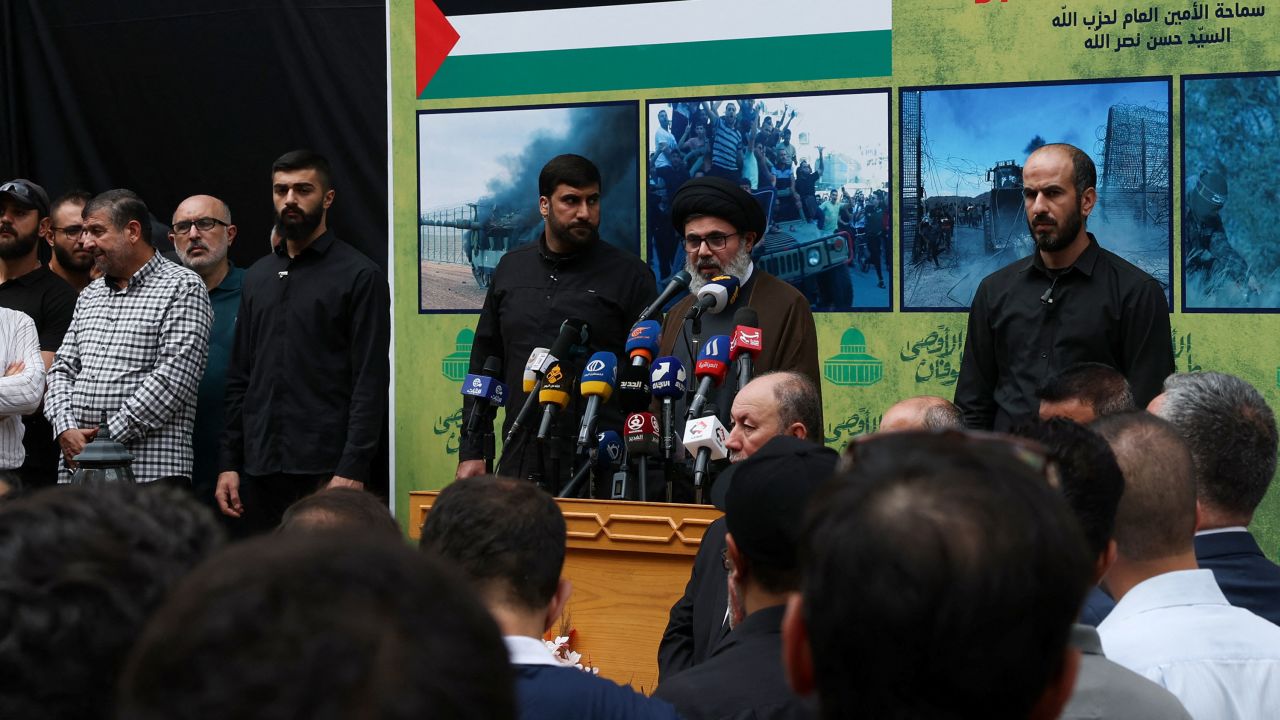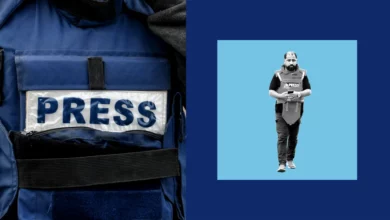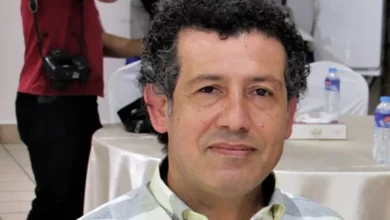
This remains one of the most important, and dangerous, fault lines in this volatile region. Following the surprise Hamas attacks on Israel on October 7, this frontier – largely calm since the 2006 Israel-Lebanon war – is even more charged with consequence.
Any conflict erupting here could pour fuel on the raging fire of the current Hamas-Israel war by drawing in the most powerful paramilitary group in the Middle East: Iran-backed Hezbollah.
Hezbollah’s political stance has unambiguously supported the Palestinian militants. It has sponsored rallies in support of Palestinian groups and has roundly condemned Israel’s large-scale airstrikes on Gaza.
More than 1,200 people have been killed in the Hamas attacks on Israel, while more than 1,500 people have been killed by Israeli strikes on Gaza since Saturday.
But it is still unclear whether Hezbollah will actively participate in this conflict. So far, it has adhered to its current rules of engagement and repeatedly stated that it will fire at Israel only when Lebanese territory, or its fighters, are fired upon. It has broadly stuck to that, despite the spiraling wider tensions.
Skirmishes here can instead be seen as the low rumble of tit-for-tat exchanges since the start of the Hamas-Israel war. For days, Lebanon-based Palestinian militants have launched rockets into Israel, leading to Israeli attacks on Lebanese territory, including Hezbollah positions. Hezbollah has fired back at Israeli border positions with precision-guided missiles.

Three Hezbollah militants and three Israeli soldiers have been killed in the nearly week-long exchange of fire here.
Hezbollah has not intervened on behalf of the Palestinian militants so far. The group has explicitly linked its attacks on Israel to Israel’s targeting of Lebanese territory, and the fighting remains limited to this border region.
Still, the region remains on a knife’s edge.
Multiple reports have suggested that Western diplomats have sought to keep the Shia armed group out of the emerging conflict. The USS Gerald R Ford, a nuclear-powered aircraft carrier, is now stationed in the eastern Mediterranean in what is seen by many analysts as a US attempt to deter that eventuality, which could herald a much more violent phase of this war.
Unlike Hamas, Hezbollah is a regional power. For years, it has participated in several conflicts in the Middle East, including in Iraq and Syria. It is also believed to have materially supported and trained Houthi rebels in Yemen. Its fighters are battle-hardened from fighting on behalf of Syrian President Bashar al-Assad against Syria’s armed opposition groups, as well as against ISIS and the al-Qaeda affiliated Nusra front. This has given them significant experience in urban warfare.

Hezbollah also has a much more sophisticated arsenal than it had during its 2006 war with Israel, which ended up with no clear victor or vanquished. At the time, many parts of Lebanon were devastated, but Hezbollah foiled Israel’s ultimate plan to dismantle the group, dealing a blow to Israel’s aura of invincibility. Back then, Hezbollah fought mostly with inaccurate, Soviet-era Katyusha rockets. Nowadays, it has precision guided missiles.
In addition to potentially bringing more sophisticated weaponry and fighters into the current conflict, Hezbollah’s intervention could rope in other parties, too. Hezbollah is part of a coalition of Iran-backed fighters who are still stationed in Syria. Their participation could potentially open a third front on the Syria-Israel border, this time alongside Iran’s elite Revolutionary Guards (IRGC) who are also present in Syria.
Until the end of the Hamas-Israel conflict, diplomats and observers of many stripes will continue to watch the tinderbox here very closely. Hezbollah chief Hassan Nasrallah has gone noticeably quiet since the start of the hostilities to the south, adding to the strange relatively tranquil yet incredibly tense atmosphere.
Thursday’s calm on the Lebanon-Israel border – interrupted occasionally by Israeli interceptions of rockets from Palestinian militants – begs many questions. Has the flare-up here ground to a near halt? Or is this the lull before a huge regional storm?




